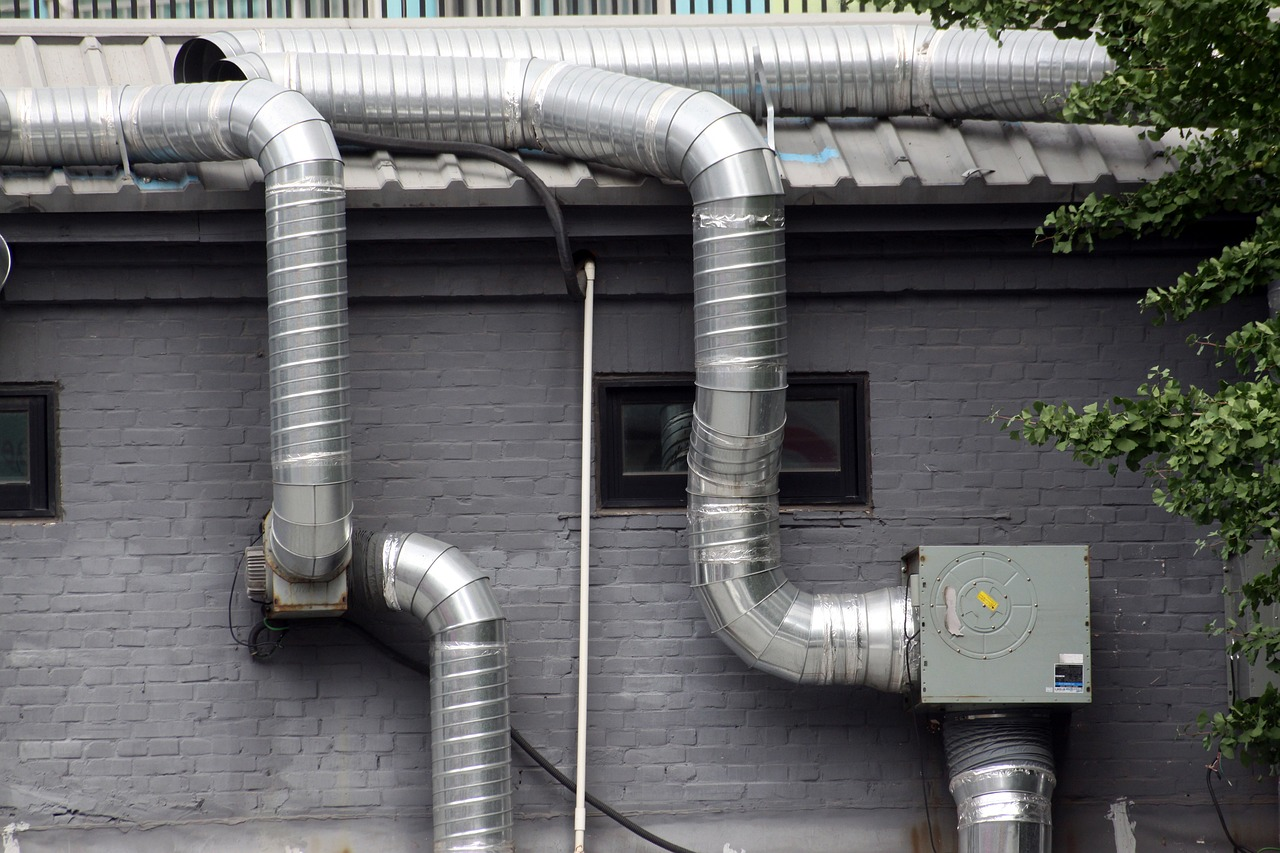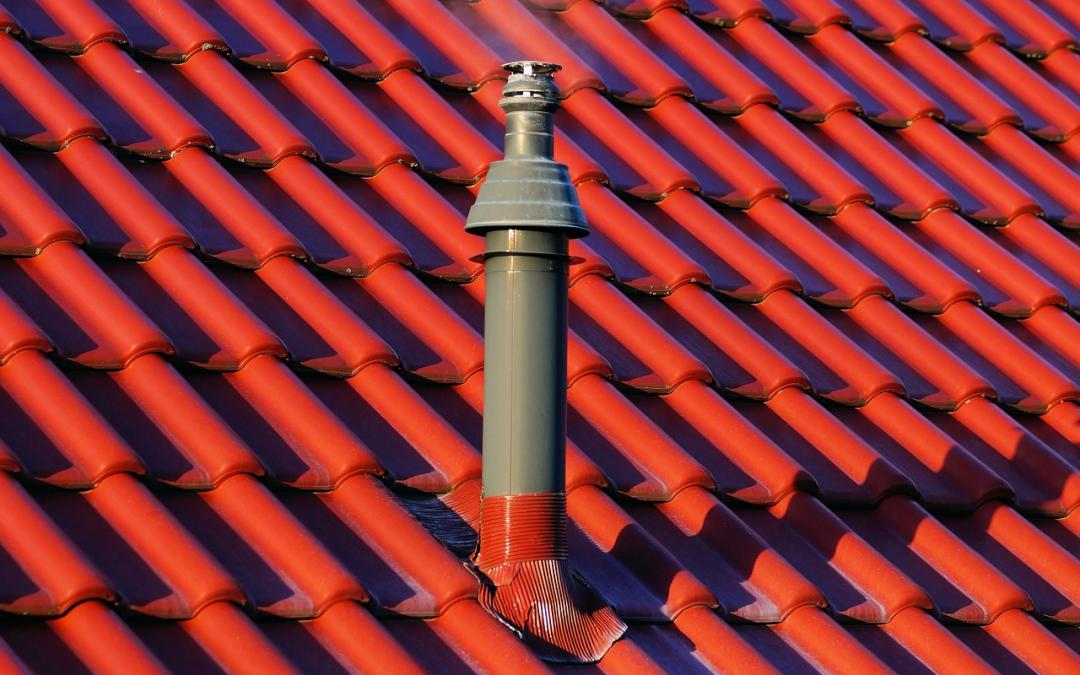Your roof plays a crucial role in protecting your home from the elements, but without proper maintenance, it can become vulnerable to leaks, cracks, and other costly issues. By taking proactive measures, you can extend the lifespan of your roof and avoid unnecessary repairs. Here are six essential roofing tips to help you prevent leaks and cracks and keep your roof in top condition.
1. Schedule Regular Inspections
One of the most effective ways to prevent leaks and cracks in your roof is to schedule regular inspections. Roofs endure harsh weather conditions year-round, from heavy rain and snow to intense sun and wind, which can lead to wear and tear over time. Trusting top roofing services in York, PA ensures that your roof gets the attention it needs, and any small problems can be fixed promptly to avoid larger damage. By having a professional roofer perform regular inspections, you can catch potential issues before they turn into costly repairs. It’s recommended to have your roof inspected at least twice a year, especially before and after extreme weather seasons.
2. Keep Your Gutters Clean
Clogged gutters can cause water to pool on your roof, which increases the likelihood of leaks and water damage. When leaves, debris, and dirt build up in your gutters, they block the flow of rainwater, forcing it to back up onto your roof. Over time, this excess moisture can seep into your roof’s structure, leading to leaks and mold growth. To prevent this, it’s important to clean your gutters regularly, especially during the fall and after storms. Installing gutter guards can also help reduce the buildup of debris and minimize the frequency of gutter cleanings.
3. Trim Overhanging Tree Branches
Trees that hang over your roof can pose a significant threat, particularly during storms or high winds. Overhanging branches can scrape against your roof, damaging shingles and creating openings for water to enter. Additionally, fallen leaves and branches can accumulate on your roof, leading to rot and moisture buildup. To prevent these issues, trim back any tree branches that extend over your roof. This simple step will not only protect your roof from physical damage but also reduce the amount of debris that falls into your gutters, helping to prevent clogs and water pooling.
4. Address Minor Repairs Quickly
Small roofing issues, such as cracked shingles, loose flashing, or minor leaks, can quickly escalate into major problems if left untreated. Ignoring these minor issues can lead to extensive water damage, mold growth, and structural decay. It’s essential to address even the smallest repairs as soon as you notice them. Regular maintenance and prompt repairs will keep your roof in good condition and help prevent leaks and cracks from becoming serious issues. Always hire a professional roofer to handle these repairs, as they have the expertise to fix the problem correctly and ensure your roof remains secure.
5. Ensure Proper Ventilation

Proper roof ventilation is crucial for maintaining the longevity of your roof and preventing damage. Without adequate ventilation, heat and moisture can become trapped in your attic, causing the roof’s materials to weaken and degrade over time. This can lead to cracked shingles, leaks, and even mold growth. Proper ventilation allows heat and moisture to escape, keeping your roof cooler and drier, which reduces the risk of damage. Make sure your attic has sufficient ventilation to prevent these issues and extend the life of your roof.
6. Invest in Quality Roofing Materials
One of the most critical factors in preventing leaks and cracks in your roof is the use of high-quality roofing materials. While it might be tempting to cut costs by opting for cheaper materials, doing so often leads to more frequent repairs and a shorter roof lifespan, ultimately costing you more in the long run. Investing in durable, weather-resistant materials ensures that your roof can withstand harsh elements like heavy rain, strong winds, snow, and intense sunlight, which are the primary causes of roof deterioration.
High-grade shingles, for instance, are designed to resist cracking, curling, and other forms of damage that can lead to leaks. Materials like metal roofing or impact-resistant tiles provide even greater durability, especially in regions prone to severe weather conditions such as hail or high winds. These materials are often engineered to endure extreme conditions without compromising the structural integrity of your roof. Furthermore, modern roofing materials often come with enhanced features such as UV protection, which reduces heat absorption, improving energy efficiency for your home, and prolonging the lifespan of your roof.
Taking the time to maintain your roof properly can save you from costly repairs and ensure your home stays protected from leaks and cracks. By scheduling regular inspections, keeping your gutters clean, trimming overhanging branches, addressing minor repairs promptly, ensuring proper ventilation, and investing in quality materials, you can keep your roof in excellent condition for years to come. Proactive maintenance is the key to preventing roofing problems and protecting your home from potential damage.

Recent Comments